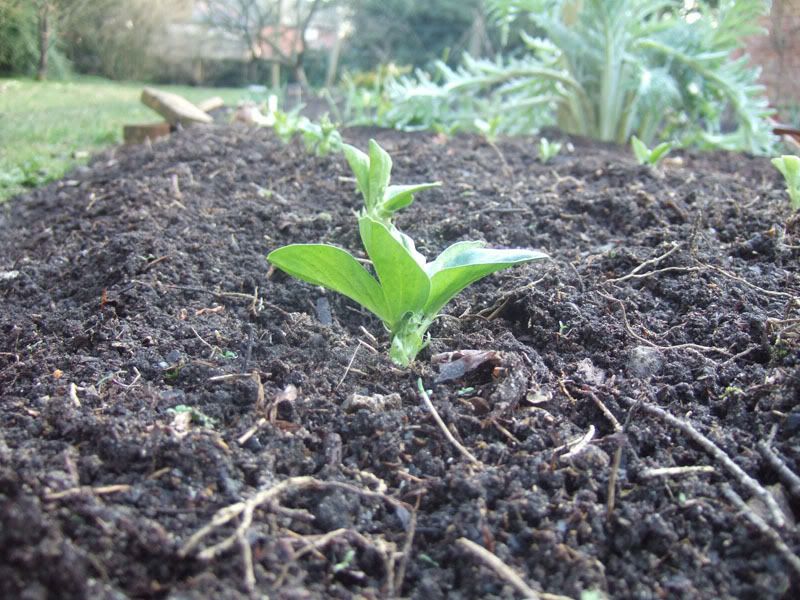
Last year we read about some of the Chinese terracotta warriors coming to London for an exhibition in the British Museum. We watched a TV programme about the British Museum's historic circular Reading Room being transformed into an exhibition space, "We must go to see it!" we said. At Christmas we looked at the British Museum web site to book our tickets, online, "Which day shall I book for?" I said, then I looked at the calendar on the screen, colour coded for when tickets were still available – there was one ticket left for a Thursday afternoon in March!!!! . . . but (the web site helpfully explains) some tickets are available on the day if you queue up outside before opening time.
Yesterday morning we set the alarm for 5am and set off to catch the 6am train into London, it was icy cold and the sky was crystal clear with twinkling stars – did we really want to see
The First Emperor so much? At 7.45am we joined a queue of about 40 people at the back of the British Museum and at 9am we had our tickets for entry into the exhibition at 10am.
Qin Shihuangdi was on a mission to crontrol all he surveyed, he inscribed his name on the mountains, he moved thousands of people into his new city, he sent out people to search for medicines to prolong his life . . . then in 210BC he suddenly died, he was 49. The elaborate recreation of his empire that was to be his home after death wasn't complete, but the ruler of the Qin was laid to rest in his tomb surrounded by his creation. The Emperor's burial mound was a well known landmark near the town of Xi'an but the Emperor's underworld was a long forgotten secret until 1974, when a farmer unearthed a terracotta head – the first of thousands of life-size statues of warriors, bureaucrats, acrobats, musicians, horses and birds that had been buried under the fields for over two thousand years.
Well, it was worth getting up before dawn to get our tickets – so many beautifully crafted things – the terracotta warriors with their intricately braided hairstyles and a poised bronze crane catching a fish were the highlights for me. And as for the enormous task of creating a world for the Emperor after his death, it defies the imagination – if these are just the guardians of the tomb, what about the tomb under the burial mound? Well that's being left alone until a method of "seeing" inside without the need to destroy the mound is developed.
Here are some rather smaller terracotta warriors made by school children who have visited the exhibition – aren't they brilliant!!

And these amazing patterns are reflections on the surface of a shiny steel statue by a Chinese sculptor (I forgot to note down the name) who apparently moulds metal around boulders to create the shapes. It stands in the covered court and is reflecting the blue sky through the glass roof.

It was just before midday when we emerged from the British Museum into the glorious sunshine. We sauntered down through Soho and had lunch at Ramen Seto, an unpretentious Japanese restaurant in Kingly Street just behind Liberty's - how convenient, we just had to go in to admire all the gorgeous things!





















